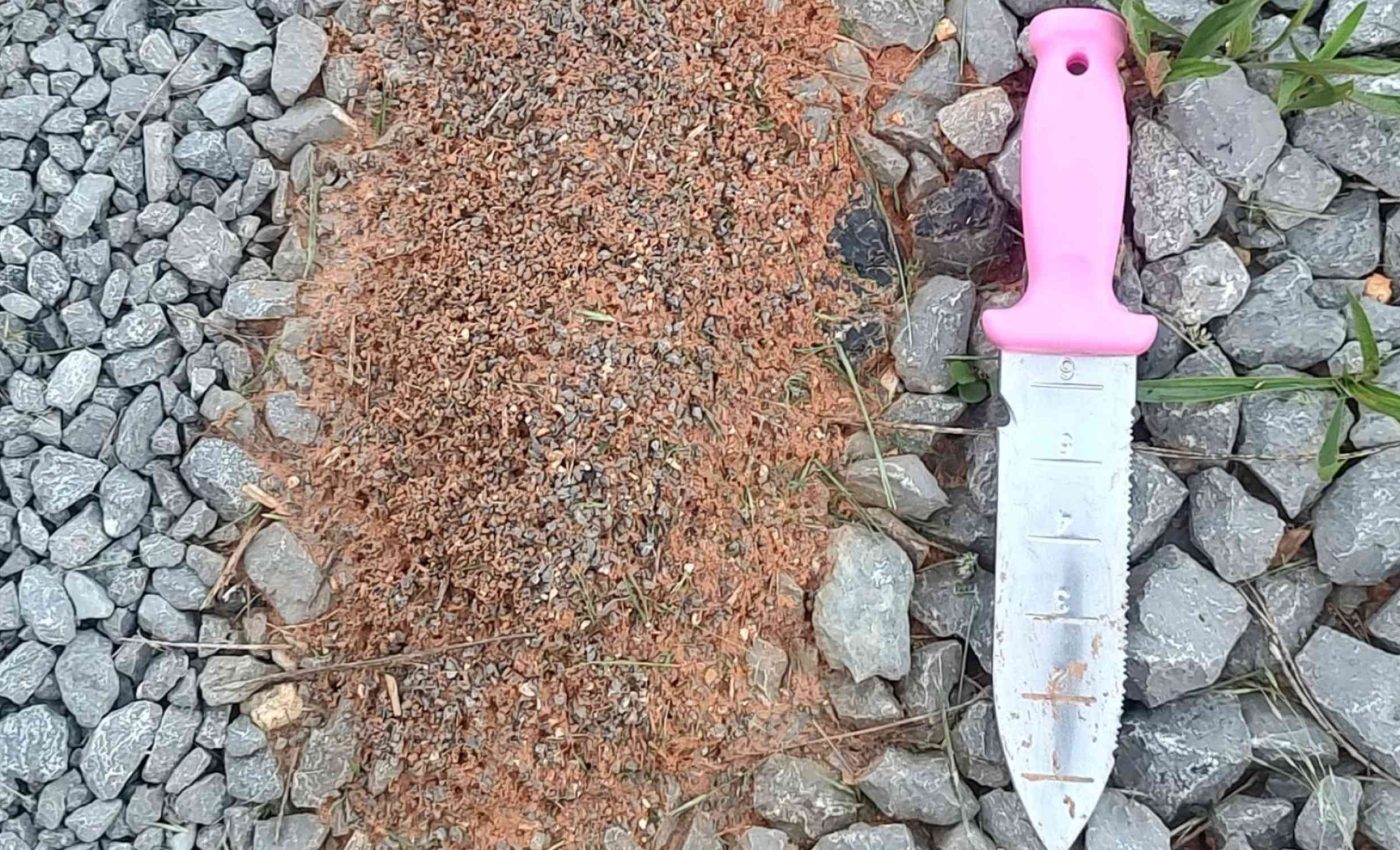
Warning issued for an invasive 'Frankenstein' hybrid insect that harms plants and humans
A new hybrid fire ant is marching across the United States, and scientists say it can handle nearly any weather conditions or terrain that it encounters in the country.
Dubbed the “Frankenstein ant” by local residents, the invasive species is a cross between the red imported fire ant and the black imported fire ant and has now taken root in almost every state in the U.S.
“Right now, it just seems they are very adaptable, and that includes moving their nests further underground … to some degree outsmarting the environment,” said Amy Michael, an entomologist with the North Carolina Department of Agriculture and Consumer Services (NCDA&CS).
Her warning comes as field teams from several universities confirm that the insect’s range is expanding faster than any previous models predicted.
From southern soil to mountain chill
The first imported fire ants slipped into Mobile, Alabama, in the early 1900s and spread through the Gulf States before federal regulators declared a quarantine in 1958.
As land warmed, the ants pushed north, filling every county in Georgia and Alabama and climbing into the Appalachian foothills.
Hybrid colonies have leapfrogged even farther, showing up 250 miles beyond the traditional fire ant frontier in less than a decade.
Range mapping studies estimate that the insects now occupy more than 100,000 square miles of new territory since 2015.
Laboratory trials indicate that workers from mixed parentage survive two hours at 28 degrees Fahrenheit, twice the endurance of their red or black relatives.
Researchers suspect that genes for membrane stability in cold cells hitchhiked across species lines, giving the offspring an all weather edge.
Inside the hybrid ant nest
A mature hybrid ant nest can shelter half a million workers and dozens of queens, an arrangement scientists call polygyny.
Multiple queens mean the colony rebounds quickly after pesticide treatments, because killing one breeder rarely removes them all.
Eggs hatch in about a week, and larvae pass three molts before pupating into adults that can bite, sting, or reproduce.
Winged males and females ride thermal updrafts every spring, drifting as far as twelve miles before founding new nests.
Stings, shocks, and short circuits
The venom packs an alkaloid called solenopsin that causes painful pustules and, in sensitive people, life threatening anaphylaxis. Doctors in fire ant counties report that about five percent of sting victims need emergency care.
Livestock suffer too: newborn calves, foals, and chicks can be blinded or suffocated when ants mob birthing sites, and poultry producers lose thousands of eggs each year as foraging workers chew through shells.
Electric utilities spend millions replacing transformers and junction boxes after ants bridge contacts with their bodies.
Why this hybrid ant matters
Geneticists use the term “heterosis” to describe the extra punch hybrids often display. “[O]nce you introduce a species to a new place, anything can really happen,” added Scotty Yang, an invasive ant specialist at Virginia Tech.
Cold endurance is only one advantage. Mixed colonies out forage single species nests by about thirty percent in cage trials, converting protein into brood more quickly and swelling their ranks during long growing seasons.
The ants thrive in pine barrens, soybean rows, and suburban lawns, while red ants prefer open fields and black ants linger near water. Flexibility means almost any patch of disturbed ground can become a launchpad for the next wave.
Average winter lows in the southern Appalachians have risen about 2.5 degrees Fahrenheit since 1980, enough to push the frost line higher into the mountains. Warmer soil shortens the brood rearing pause that once kept colonies small through December and January.
El Niño years bring extra rainfall that softens clay pans, allowing queens to tunnel deeper and escape lethal freezes.
The same storms wash loose soil into roadside ditches, perfect sites for founding nests that vehicles later move across state lines.
Managing the menace
Because the ants travel in nursery plants, sod, and hay bales, regulators use a patchwork of state and federal quarantines to slow the spread.
Inspectors look for telltale soil pellets and require producers to treat stock with certified baits before shipping.
Homeowners inside quarantine zones can protect pets and children by broadcasting hydramethylnon granules when daily highs top 65 degrees Fahrenheit. Professionals follow up ten days later with a mound drench to reach queens that survive the first pass.
Agricultural operators often alternate growth regulating baits with faster acting spinosad to avoid resistance. Surveillance never stops, and many ranchers walk pastures each month, flagging fresh mounds for treatment.
What you can do today
Check trailers, flowerpots, and birdhouses before moving them even a few miles, because a single queen and a handful of workers can start a new infestation. Shake off loose soil, rinse equipment, and seal crates to deny the ants a free ride.
Planting native groundcovers such as blue lupine and switchgrass shades soil, lowering temperatures and moisture swings that favor mound building.
Neighborhood groups can pool resources, hiring certified applicators to treat large common areas at once.
If you find a suspected Frankenstein ant nest outside the quarantine, collect a tablespoon of workers in rubbing alcohol and contact the Cooperative Extension office at UCR. Early reports help scientists map the invasion front and guide education campaigns.
—–
Like what you read? Subscribe to our newsletter for engaging articles, exclusive content, and the latest updates.
Check us out on EarthSnap, a free app brought to you by Eric Ralls and Earth.com.
—–













